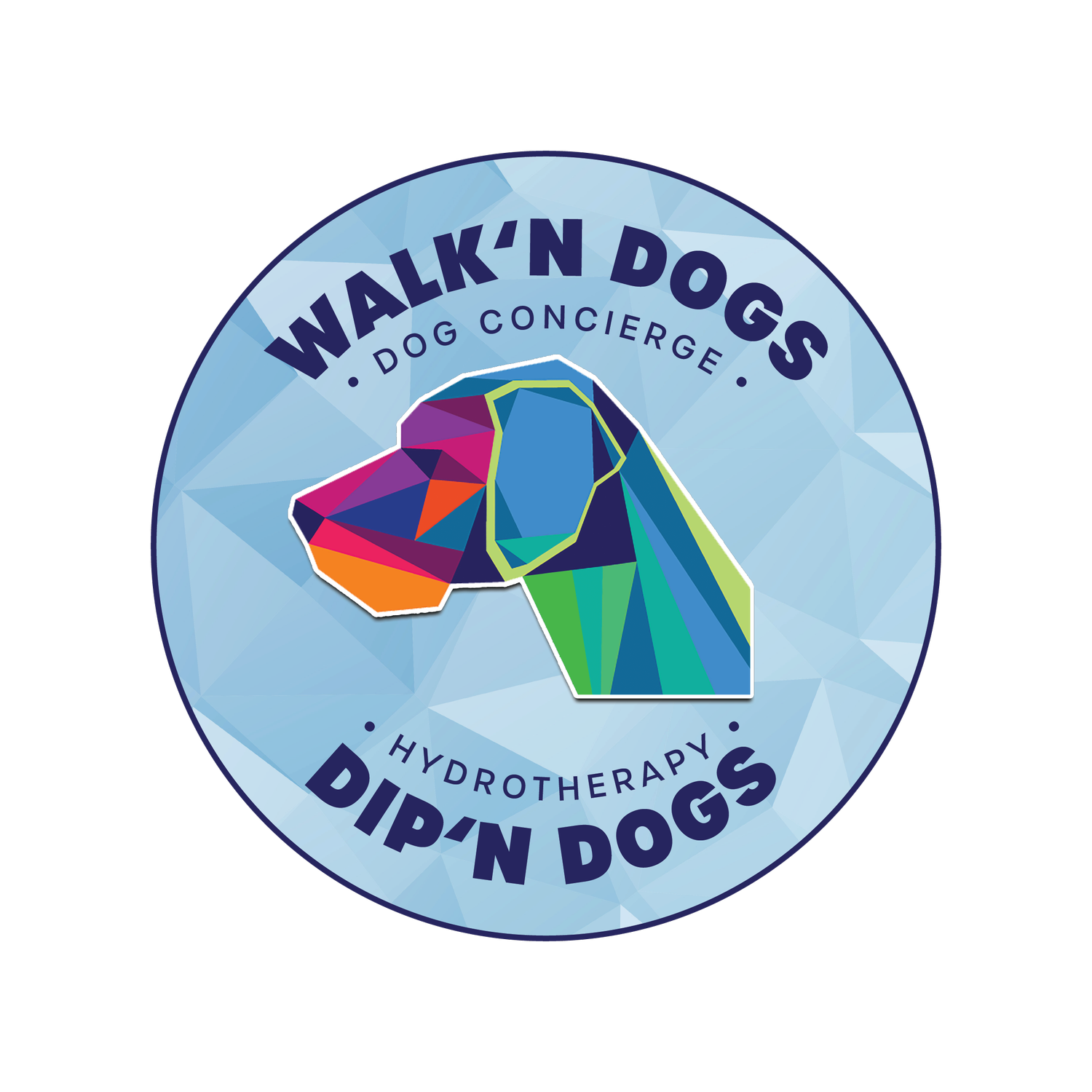Arthroscopy in Dogs: How Hydrotherapy Can Help
Arthroscopy is a procedure used in veterinary and human medicine to diagnosis and treat various joint diseases. Arthroscopy is performed using a specialized telescope-like camera called an arthroscope. In Greek, “arthro” means joint, “endo” means inner, and “skopein” means to look. As translated, an arthroscope is a type of endoscope used to look specifically inside joints.
Arthroscopy Procedure
With arthroscopy, the patient is sedated or anesthetized and a small incision the size of a buttonhole is made in the joint through which the arthroscope is inserted. The arthroscope is roughly the thickness of a pencil, and it contains a light source and a camera lens that is connected to a fiber optic cord which projects the image of the joint onto a monitor. Fluid is inserted into the joint to allow better visualization. The veterinary surgeon can see the joint on the monitor and determine if any abnormalities exist.
"With arthroscopy, the patient is sedated or anesthetized and a small incision the size of a buttonhole is made in the joint through which the arthroscope is inserted."
If treatment is required, another buttonhole incision is made in the joint through which the surgical instruments can fit. The veterinary surgeon will watch the monitor while performing surgery on the diseased joint.
Advantages of Arthroscopy in Dogs
Arthroscopy is considered a minimally invasive surgery. Compared to traditional surgical methods, it is considered less aggressive. The joint may not need to be fully opened with arthroscopy and only one to two small holes are made in the joint. The instruments used during arthroscopic surgery are smaller than traditional surgical instruments. For all these reasons there is less trauma in the joint which helps to reduce scarring and recovery time for the patient.
What Joints are Arthroscopy used on?
Technically, arthroscopy is possible on all joints; however, in veterinary medicine it is most often used to examine the hip, knee, shoulder, and elbow. It may be recommended for many different diseases and conditions of the joint. For instance, it can be used to treat an osteoarthritic joint which is inflamed and sore.
"Osteoarthritis can result in painful bone fragments called osteophytes which can be removed be removed using arthroscopy."
Osteoarthritis can result in painful bone fragments called osteophytes which can be removed be removed using arthroscopy. Meniscal tears in the knee joint can be diagnosed and repaired by arthroscopy. Ligaments and tendons which are not easy to see on radiographs (X-rays) can be seen very well with an arthroscope and treated appropriately. Arthroscopy has also been used in veterinary medicine to treat conditions including medial shoulder instability, elbow dysplasia, and biceps tendon injuries.
Diagnosis for Arthroscopy
Typically, your veterinarian will suspect that there is a problem with a joint based on the medical history and physical examination. Diagnostic imaging of the affected joint, such as radiographs, may be recommended before arthroscopy. At times, advanced imaging such as magnetic resonance imaging (MRI) or computed tomography (CT) may be required prior to the procedure. Ultimately, arthroscopy can be used as a superior diagnostic tool, as the inside of the joint can be seen by your veterinarian and an appropriate treatment plan can be made.
Risks of Arthroscopy in Dogs
Your pet may require heavy sedation or general anesthesia, therefore it is important to talk to you veterinarian about risks. Arthroscopy is considered a low-risk procedure with a low rate of complications. Complications may involve leakage of fluid into the surrounding tissue which can cause fluid accumulation (edema) that can be uncomfortable. Generally, the edema will resolve on its own with time. Since the incisions are small, the likelihood of an infection is minimal. Arthroscopy is a specialized procedure and should only be performed by a veterinarian who is appropriately trained.
"Arthroscopy is considered a low-risk procedure with a low rate of complications."
Recovery & Rehabilitation
The recovery time will depend on the extent of the injury, and the specific joint affected. Compared to traditional surgery, the recovery time is generally a lot shorter. Your veterinarian may initially require your pet to rest for one to two weeks before introducing regular activities such as walking, running, and jumping. Pain medication and anti-inflammatory medications may be required initially. Rehabilitation therapy or animal physiotherapy may be recommended to expedite a return to function.
Hydrotherapy for Arthroscopy in Dogs
Rehabilitation helps ease a dog back into normal activities by safely strengthening the muscles around the weakened bones or joints. Rehabilitation therapy in veterinary medicine is similar to physical therapy in human medicine, but has some obvious differences due the variations in the animal’s anatomy and the extreme forces that can be placed on their joints, bones, tendons and muscles. Canine physical rehabilitation is used to improve the performance and quality of movement for our pets as well as speed healing and provide positive psychological effects. Following certain surgeries and procedures, pets can lose up to one third of their muscle mass in a matter of weeks and it may take that same pet more than a year to regain the lost muscle mass. Rehabilitation makes it easier and less stressful for patients to return to functional activities in their day to day life.
About Dip’ n Dogs Hydrotherapy – Orlando, FL
At Dip’n Dogs Hydrotherapy, we are certified and caring professionals devoted to restoring and enhancing the health and happiness of your beloved pup. Encompassing a pool, as well as a certified hydrotherapist, this can provide effective and long lasting results for your pet’s injury or illness. We are conveniently located in Winter Park, FL. Contact us today at (407) 227-0030.


